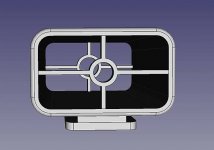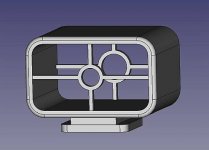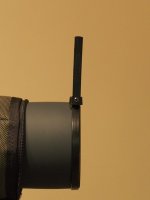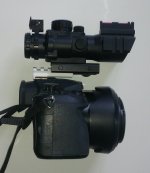
Hi Nikonmike,
Ah, you might be right.
With practice, one certainly gets better at tracking, but I've noticed that for some people initial acquisition seems to be the big difficulty, and a red dot sight would certainly help with that.
Regards,
Henning
Initial aquisition definitely was a problem when I started using a telescope (angled). Compared to that, using a camera seems relatively easy.
Niels









